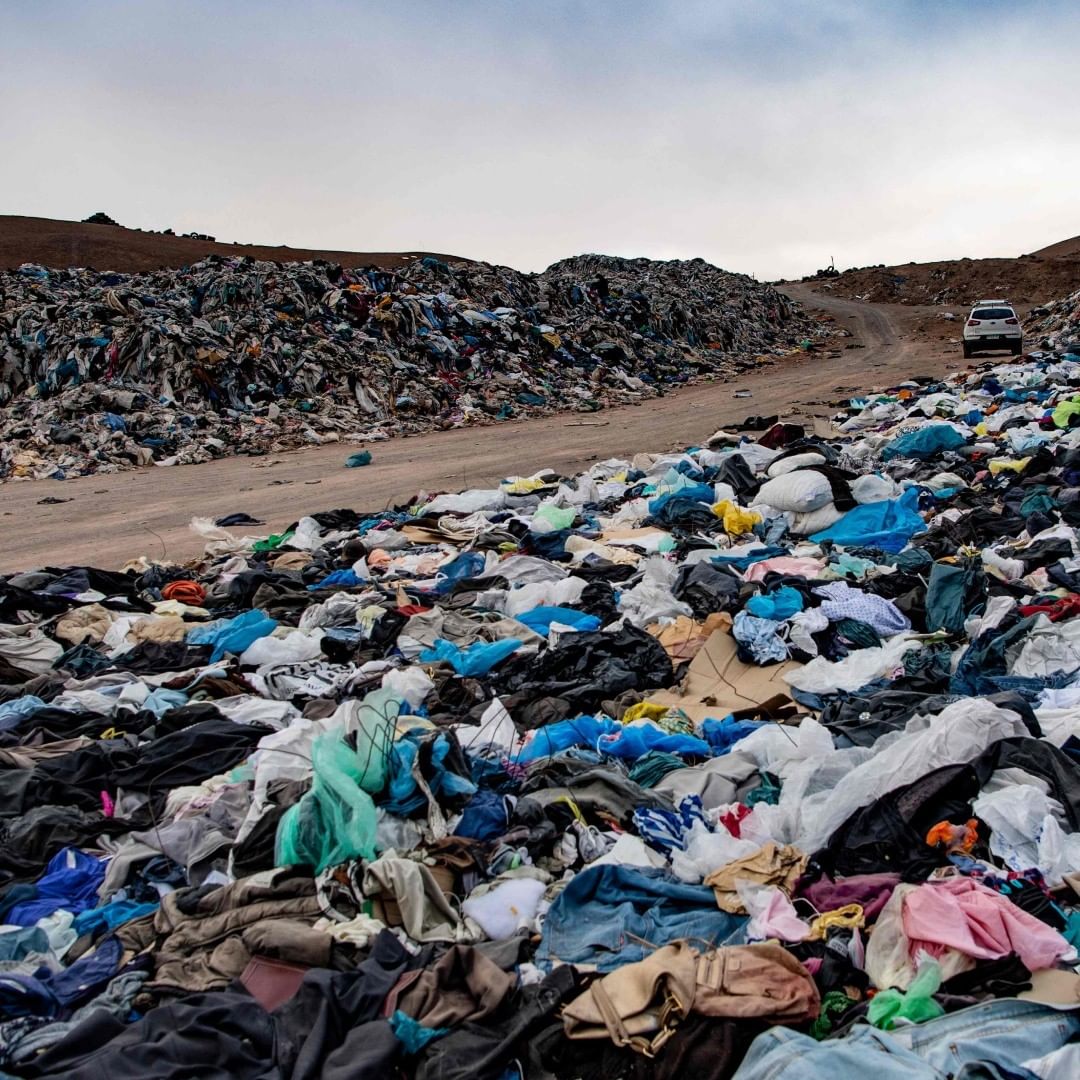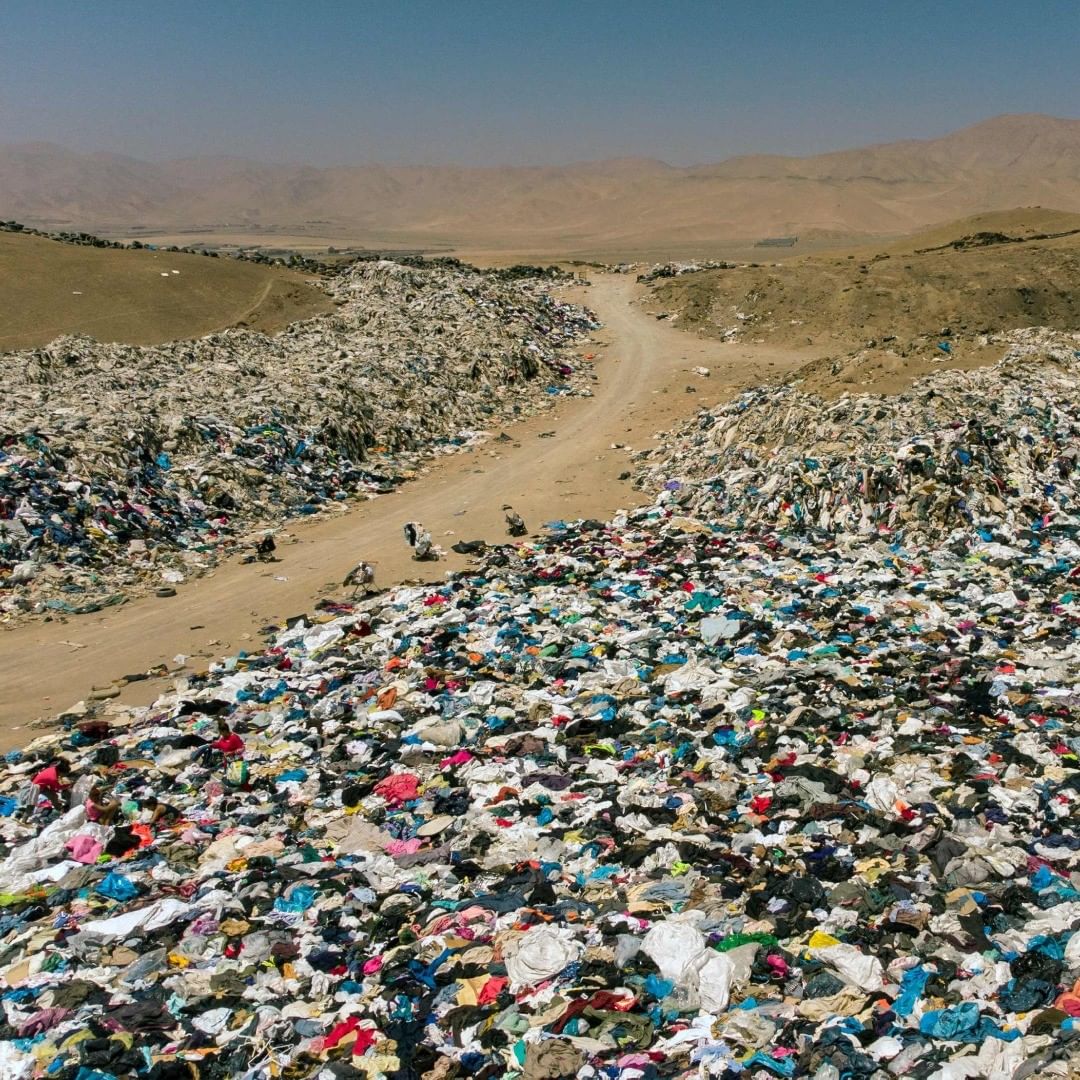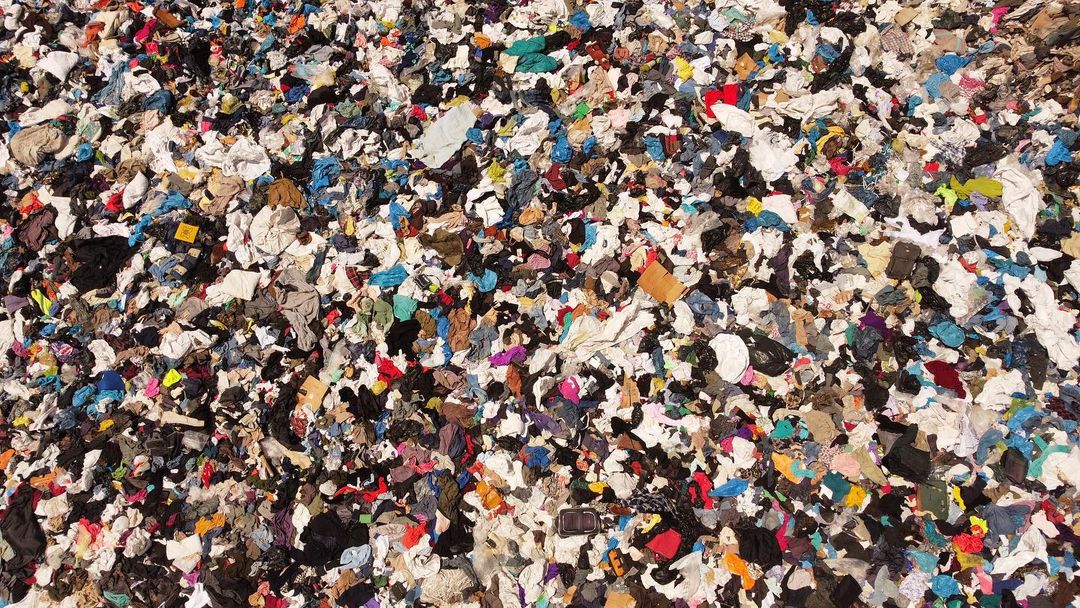It’s no secret that the fashion industry is the second-largest polluter but one particular segment amidst them is bubbling something that our minds just can’t fathom. Fast fashion is turning the world into a crumbling wasteland and endangering the sustainability initiative that we’re all trying to work towards.
Muneera Al Mulla, the co-founder of Kuwait-based brand Maya, reveals how the Middle Eastern community is walking towards a more sustainable future. “Arab customers are interested in sustainability and there is a crowd that wants to buy sustainably, which has become evidently clear during this [COVID-19] pandemic. Maybe now people will realise what they should buy and shouldn’t – especially if they are going to be wearing it at home and multiple times a week.”
Now, this isn’t to say that we, as consumers, are completely responsible for the repercussions of fast fashion. Who doesn’t love low-cost fashion choices that also match the latest industry trends? Not to mention the dynamic changes in fashion trends and poor quality that make it difficult for the younger generations to hold onto clothes for a longer duration, which, unfortunately, encourages disposability. Zara and H&M launch 24 yearly and 12-16 weekly collections respectively to keep up with these trends, with Zara producing approximately 450 million garments per year with around 500 new design releases a week, or about 20,000 different styles a year.

“The conversation should not be about blaming people who can’t afford anything else. It really does go as deep as what is valuable to us as individuals and how we can create this shift in how we see the world,” fashion activist Tolmeia Gregory said. “People always talk about being ‘conscious consumers’, but why do we not see ourselves more as citizens and individuals who are more than what we’re buying? The burden of sustainable fashion should not fall on the individual. It’s more about system change and looking at the wider picture.”
This brings us to brands and their pledge for an environmentally conscious model to consider consumers’ growing concerns for sustainable clothing. For instance, the world’s most popular fashion and largest fast-fashion retail brand, Zara, has plans to eliminate single-use plastic products and 100% zero waste in its supply chain by 2023, only using cotton, linen, and polyester by 2025, and “reduce and offset all emissions” by 2040.

Yet the question remains if two of our most prized possessions – fast fashion and sustainability – can co-exist together. A value of more than $500 billion is lost every year due to the mass production in the fast fashion industry which leads to “under-utilized clothes and lack of recycling”.
Franklin Zepeda, the founder of EcoFibra – a company working on insulation panels from cast-off clothes – mentioned how fast fashion is becoming a growing hazard because of its components: “The problem is that the clothing is not biodegradable and has chemical products, so it is not accepted in the municipal landfills.”
A brand’s environmentally friendly initiative doesn’t negate the impact of fast fashion and high disposability rates but is still an indication of the progress made by fast fashion brands on recognizing the need to shift to a more sustainable future.

In early November 2021, at least 39,000 tons of discarded and unpurchased fast fashion items flooded Chile’s Atacama desert. Needless to say, the images are alarming with fast fashion and its overproduction being the leading cause.

Will fast fashion brands reach a sustainable future before the clock runs out? Like Dana Thomas, the author of Fashionopolis: The Price of Fast Fashion and the Future of Clothes, once said, “If your business model is based on volume, that’s not what’s part of the sustainable movement in any industry.”








